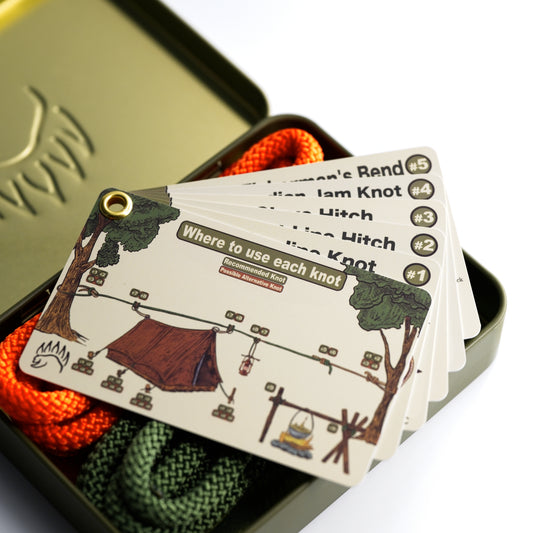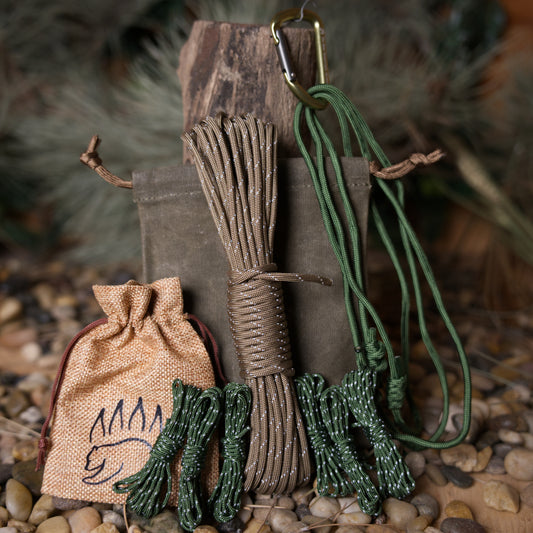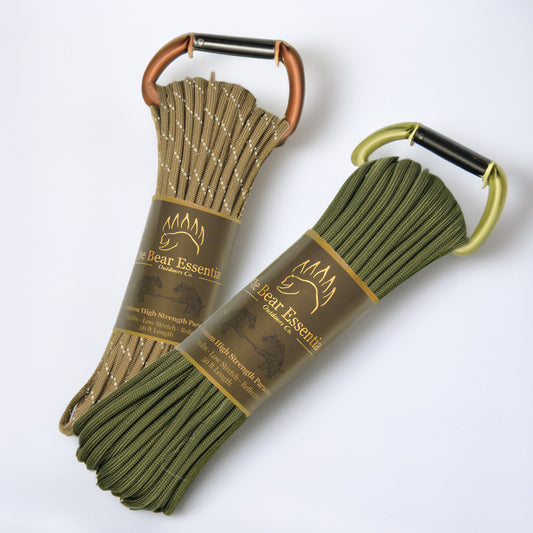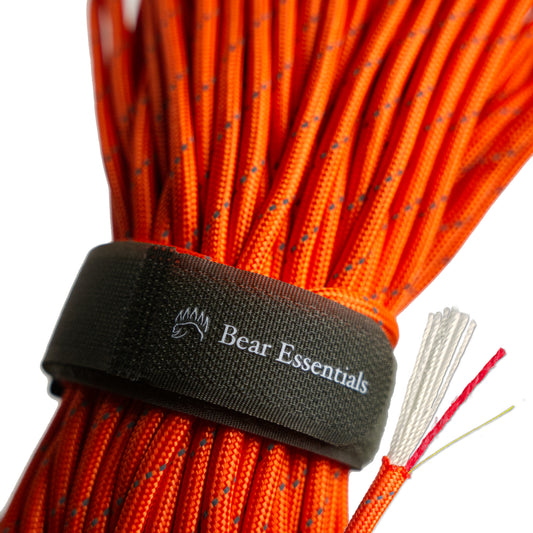How to Tie the Falconer’s Knot
Usage
The Falconer’s Knot is commonly used to tether a bird of prey to a perch with a one-handed, quick-release mechanism, making it perfect for bushcraft and temporary ties. Compared to other quick release knots like the Halter Hitch, it’s faster to tie with one hand but less secure under heavy loads. Its speed suits rapid setups, though it requires tension to hold. Bushcrafters value it for quick gear securing. The main downside is its potential to slip without load.
Why Learn the Falconer’s Knot?
Its slipped loop design allows one-handed tying and instant release. This knot is ideal for outdoor enthusiasts needing a fast, temporary tether.
Common Uses
-
Bushcraft:
- Tethers gear or food bags to branches.
- Secures tarps for quick shelter setups.
ABOK Number
(Ashley Book of Knots)
Other Names
Category
|
Notable Features
- One-Handed Tying: Enables quick setup while holding gear or animals.
- Instant Release: Unties with a single pull, perfect for emergencies.
- Simple Structure: Easy to learn and tie in the field.
- Versatile Use: Suits tethering, tarps, or hanging gear in camp.
Variations
(No true variations listed in the provided data. Use the overhand knot security on the working end after forming the Falconer’s Knot to prevent accidental release, though this may slow untying.)
Similar Knots
Highwayman’s Hitch vs. Falconer’s Knot
- Pros: More dramatic release, ideal for high-stakes temporary ties.
- Cons: Requires two hands and is more complex to tie.
Siberian Hitch vs. Falconer’s Knot
- Pros: Stronger for heavy loads and easier in cold conditions.
- Cons: Slower to tie and release, needing two hands.
Tumble Hitch vs. Falconer’s Knot
- Pros: Simpler and releases with a shake, great for tarps.
- Cons: Less secure under dynamic loads and not one-handed.
Halter Hitch vs. Falconer’s Knot
- Pros: More secure under sustained tension for posts or rings.
- Cons: Requires two hands and a fixed object, less versatile.
History
The Falconer’s Knot likely originated in falconry, where a quick, one-handed knot was essential for tethering birds of prey securely yet releasably. While not referenced in The Ashley Book of Knots, its design aligns with traditional needs for speed and control in animal handling. Its use in modern bushcraft for quick tethers and gear securing reflects its adaptability for temporary outdoor ties.
Security Level
The Falconer’s Knot provides moderate security for lightweight, temporary tethers, holding well under steady tension. It may slip without load or with slick ropes. Adding a stopper knot on the working end can improve reliability for critical applications see stevedore stopper knot.
Downsides
- Load dependency: Loosens without constant tension.
- Material sensitivity: Slips on slick or stiff ropes.
Structure
- Hold the rope in one hand, with the working end dangling.
- Form a loop around your fingers, crossing the working end over the standing part.
- Pass a bight of the working end through the loop, creating a slipped loop.
- Pull the standing part to tighten the knot around the object or perch.
- Ensure the bight is accessible for quick release and check for tension.
Pro Tip: Practice one-handed tying to master the technique for speed.
FAQ
Is the Falconer’s Knot strong enough for heavy loads?
No, it’s best for lightweight tethers; use the Bowline for heavier loads.
How does the Falconer’s Knot compare to the Halter Hitch?
It’s faster with one hand but less secure under sustained loads.
Can the Falconer’s Knot be used for animal tethering?
Yes, it’s ideal for quick, temporary tethers, especially in falconry or bushcraft.
Why does the Falconer’s Knot slip sometimes?
It relies on tension; slick ropes or loose tying can cause loosening.
Is the Falconer’s Knot safe for hanging gear in bushcraft?
It works for light gear but needs monitoring; a stopper knot adds security.
Important Notes on Safety
Common failure points include slippage without tension or with slick ropes. Always test the knot under light load before relying on it for critical tasks.
Ensure the tethering object is secure before tying.
Check the knot for proper tension and alignment.
Practice one-handed tying in low-stakes settings first.








